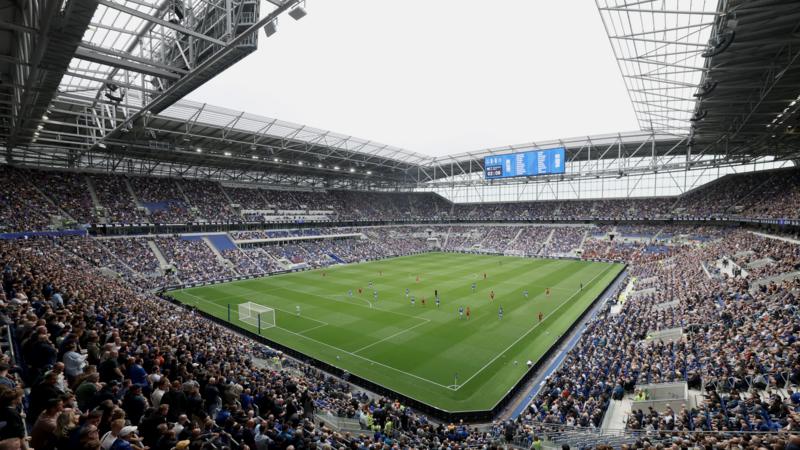Everton's New Stadium Move: Impact on Team Performance Examined!




Everton is set to embark on a fresh chapter in their storied history with the opening of their new Hill Dickinson Stadium. As they prepare to face Brighton in their inaugural match at the new venue, the question on every fan's mind is: how well do Premier League teams perform when they debut at a new stadium?
Historically, the experience of Premier League clubs moving to new grounds has been a mixed bag, offering both moments of joy and episodes of adjustment. The move to a new stadium is not just a physical transition but also an emotional journey for both the players and the fans.
Take Arsenal, for example. In 2006, they said goodbye to Highbury, their home since 1913, and moved to the Emirates Stadium. Their first game at the Emirates was a tense affair, ending in a 1-1 draw against Aston Villa. The move was seen as a stepping stone towards competing with Europe's elite, although it came with its challenges, including financial constraints that impacted player signings.
Similarly, West Ham United's move from Upton Park to the London Stadium in 2016 was filled with high hopes. However, their first match in the new arena was less than ideal, a 1-0 loss to Bournemouth. The shift from their intimate and beloved former ground to a vast, modern stadium affected the team's dynamics and the atmosphere during games, which took some getting used to for players and fans alike.
On a more positive note, Manchester City's transition to the Etihad Stadium in 2003 marked the beginning of a transformative era for the club. Their first match at the new stadium was a resounding 2-1 victory against Portsmouth, setting a precedent for future successes. Since moving, City has ascended to the pinnacle of English and European football, aided by significant investment and strategic planning.
Brighton & Hove Albion provides another optimistic example. Their move to the American Express Community Stadium in 2011 was a long-awaited return to stability after years of financial struggles and ground-sharing. The Seagulls marked their new beginning with a 2-1 win over Doncaster Rovers, which was a symbolic triumph that helped cement the stadium as their new fortress.
For Everton, the switch to the Hill Dickinson Stadium is seen as a vital part of the club's modernization efforts, aiming to boost their commercial revenues and global profile. Constructed on the Bramley-Moore Dock site, the stadium promises state-of-the-art facilities and a closer connection between the players and Everton's passionate fan base.
The first game against Brighton will be more than just a regular match; it will be a historic moment that could set the tone for the future. Everton's management and supporters will be hoping for a seamless transition that not only honors the club's rich heritage but also catapults them into a new era of success.
When a club moves to a new home, the impact extends beyond the field. It's about preserving traditions and making new memories. Evertonians will undoubtedly look to the Hill Dickinson Stadium to provide a backdrop for new legendary performances, much like Goodison Park did for over a century.
As Everton prepares for their significant debut against Brighton, it will be interesting to see if they can harness the energy of their new surroundings to kickstart a positive momentum in the league. Whether it becomes a fortress or not, the new stadium marks a milestone in Everton’s ambitious journey, embodying hope and a vision for a brighter future.